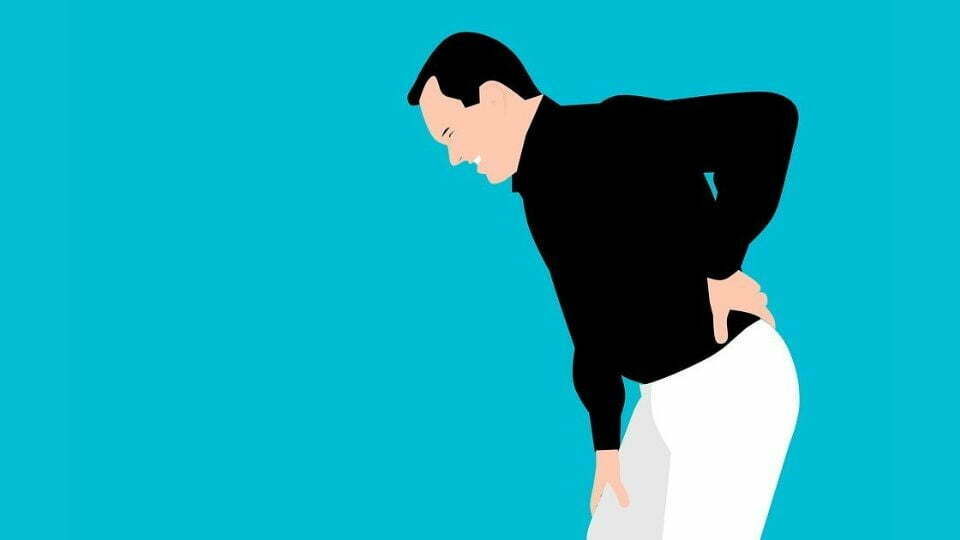
21 Aug What Is the Difference between Bulging Disc and Herniated Disc?
People experiencing lower back pain often think that a bulging disc vs. herniated disc are the same and thus have the same treatment option. While both conditions primarily affect your spinal cord, they need a different approach to treatments.
Here are some of the most important aspects of a herniated disc and bulging disc to help you understand what they are and how they’re treated. Also, can you self-diagnose a herniated disc or bulging disc? Read on to find the answers.
Anatomy of a Spinal Disc
Before learning if a herniated disc is the same as a bulging disc, you need to understand the anatomy of a spinal disc. Your spine consists of several groups of bones, known as vertebrae, which are present on a rubber-like fibrous disc. These bones create a spinal column that provides support and structure to essential parts of the body like the neck and head.
These discs allow you to move your spine and body freely. When you move your body, the disc compresses, stretches, and twists based on the type of movement. This helps protect your spinal cord and nerves near the spine.
The disc can suffer from damage when the inner, soft core of the spinal column tears or bulges through the protective outer layer. The severity of the problem depends on the location and cause of the damage. This will also indicate whether you’ve developed a herniated disc or bulging disc. Generally, you’ll immediately feel chronic or acute pain.
While there are several differences between herniated and bulging discs, the only similarity between them is that they both can affect any part of your spine.
What Is a Bulging Disc?
A bulging disc commonly occurs due to age-related problems. As you age, your disc bulges downwards and deteriorates. Since it’s a degenerative health issue, it gradually progresses, and symptoms emerge. A bulging disc can cause pain in the legs, buttocks, or back. Patients with severe bulging discs may struggle to walk. This health issue can affect multiple other discs and result in disc degeneration issues.
Although the condition is painful, there are ways to treat it. Short-term treatment options include anti-inflammatory medication or steroid injections, which are effective against severe pain.
Long-term treatments, on the other hand, offer long-lasting results. You’ll need to take up customized exercise programs based on the severity of pain and your overall condition. But for this, you need to visit a physical therapist.
Another treatment option for long-term comfort is surgery, called lumbar decompression. Your doctor will recommend surgery when your bulging disc encourages the development of lumbar stenosis. The procedure itself will depend on the level and type of stenosis and is highly effective against severe pain.
What Is Herniated Disc?
To know whether a bulging disc is the same as a herniated disc, you have to understand a few basics about herniated discs.
In most cases, people can’t determine the exact cause of their herniated disc. While it’s common to assume that it’s because of a sudden injury, it usually occurs because of gradual disc degeneration. When discs become less flexible, even a minor twist can make them prone to rupture.
Fortunately, herniated discs are much easier to treat than bulging discs. You can opt for several medical treatments to alleviate pain and inflammation.
If you experience pain for more than six weeks, your health expert will prescribe anti-inflammatory medication, steroid injections, or physical therapy. Based on your chosen treatment option, you can address the issue in 6 to 12 weeks. Doctors might advise outpatient surgery for patients suffering from severe pain and infection. You can consult herniated disc treatment Chicago experts to determine which treatment will address your needs.
What Is the Difference between Herniated Disc and Bulging Disc?
The primary difference between bulging and herniated discs is that bulging discs are a common type of disc injury, occurring more frequently than herniated discs. The former causes pain in the head, limbs, back, and other nearby areas. It doesn’t show many symptoms in the early stages, so many patients learn about the condition when it gets worse, making it difficult to treat.
On the other hand, herniated discs are easier to point out as you start feeling acute pain. Like bulging discs, they cause pain in the head, limbs, back, and other nearby areas.
Both conditions need immediate treatment, so make sure to see a doctor as soon as you spot their symptoms.
When Do You Need to Visit the Doctor?
Don’t wait until you experience pain near your spine. Instead, consult your physician regarding all kinds of severe pain that disrupt daily function. Seeing a doctor early on can help you get suitable medical treatment on time. Otherwise, your symptoms can get worse, and you may have trouble carrying out everyday tasks.
Once you see a doctor, they’ll conduct several medical tests and x-rays to narrow down the source of the problem. They will assess your condition and prepare a treatment plan accordingly.
Bottom Line
While a bulging disc and herniated disc are both different, you need to consult a doctor for both. A specialist in the field can offer the best treatment options to address your health concerns and help you get back to your old routine. If you are looking for leading experts in the field, contact Illinois Pain and Spine Institute. We offer guidance on different treatment plans based on our assessment of your health condition. Our expert consultation services can help you determine the best treatment plan.

